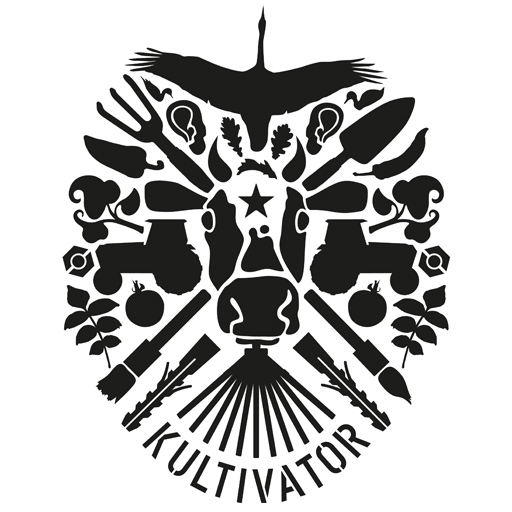
Exhibition in W139, Amsterdam
‘Das Bild muß die funktion der Kartoffel übernehmen ‘
Jörg Immendorf
On December 2005 my family and I moved from Haarlem to a newly-built estate in the country to the north of Nijmegen. Five days later W139 called to ask if I was interested in applying for the post of director. I spent a couple of sleepless nights trying to let the strange concurrence of events sink in, and considered the transition from artist to curator. I realised that the change of roles would mean I d have to take a stance on the social role of the visual arts. And one of the things that popped into my mind in the middle of the night was that a meeting of the minds between artists and farmers could be more important than the present one-sided flirtation of art and philosophy. This inspiration was born out of a healthy aversion to the wish-washy talk about the post-agrarian and post-industrial society . The ideology of the knowledge economy is tacitly based on a geographic distribution between lords and servants. Because the knowledge worker still needs to feed, clothe and warm himself with agrarian and industrial products. In the meantime, in the visual arts, the post-productional artist has emerged and, while his roots are in left-wing philosophy rather than neoliberal thinking, his disparagement of material production is the same. Critical faculties have become more important than creative ones.
KULTIVATOR is a collective of artists and farmers. On the island Öland just off the south coast of Sweden, the three Lindmark sisters and their spouses and children cultivate organic food, and host a residency programme and an international artists practice. In their first major retrospective in W139, potatoes and linseed oil, paintings and sculptures, sheepskins and films will be on show and on sale. The children of KULTIVATOR will live in a village of polyester igloos in the rear space of W139 and offer to trade their toys, comics and computer games.
El Parche was invited to build an installation for the exhibition. The artists collective El Parche creates meeting places were they address political and cultural issues. Graphic designer Floor Wesseling, who designed the wonderful KULTIVATOR logo, will make a paste-up about the agrarian history of the Bijlmer.
SUPERMODEL on Friday 12 October 9 p.m. will be opened by SUPERMACHINE; a procession of agricultural vehicles through the heart of Amsterdam.
Gijs Frieling. Members of Kultivator: Malin Lindmark Vrijman, Kalle Runeson, Mathieu Vrijman, Marlene Lindmark, Henric Stigeborn en Mia Lindmark
El Parche is a group of artists which includes: Herman Mbamba, Olga Robayo, Marius Wang
Thanks to: City of Amsterdam, Ministry of OCW, VSBfonds, SolarOil systems, Agripom, Loonbedrijf K.J. Tromp, Office for Contemporary Art Norway
During the exhibition there will be shown a Molkwerum-cabinet from the collectiion of the Zuiderzeemuseum in Enkhuizen.
[AFG_gallery id=’11’]
. .
